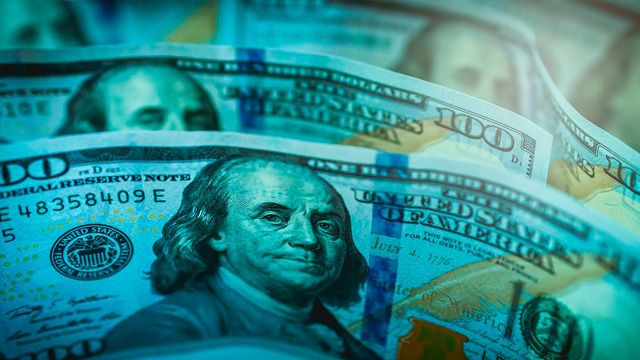The role of the dollar has empowered the United States economy by being a dominant reserve currency in the world since World War II.
Like U.S. equities and for some of the same reasons, the U.S. dollar has performed spectacularly over the past decade.
A reserve currency is a currency held by central banks in significant quantities.
It is also widely used in international trade and investment transactions.
Today, the dollar remains the primary currency used in cross-border transactions, held by central banks as a reserve and traded in foreign exchange markets.
According to a U.S. congressional analysis, the role of the dollar reflects global confidence in the Federal Reserve (Fed) as an institution and in the U.S. economy and financial markets in general.
The analysis indicates that the dollar’s global role also reflects the continued global economic and financial leadership of the United States, while the Fed has consistently demonstrated its ability and willingness to bear the costs of supporting the global financial system, especially during crises.
The role of the dollar
More recently, the Fed’s actions to provide dollar liquidity to the global economy stabilized international markets during the Covid-19 pandemic.
The dominance of the U.S. dollar in cross-border transactions allows the United States unique visibility and levers of influence through policy measures such as financial sanctions that prevent access to the U.S. financial system or the use of the U.S. dollar in international trade.
Sanctions, imposed for foreign policy or national security objectives, restrict access to the U.S. financial and payments system, generally necessary to process U.S. dollar transactions.
Since Bretton Woods, the combination of the 2008-2009 housing and banking collapse and multiple rounds of QE/ZIRP had driven the U.S. dollar to its weakest level in real effective terms.
From this low starting point, the dollar exploded into a spectacular 11-year bull market supported in the last two years by an overheating economy and an increasingly hawkish Federal Reserve.
Morgan Stanley Institutional Fund believes the dollar bull market has come to an end and a bear market has begun.
The catalyst for this turn was the triple peak in inflation, Fed expectations and bond yields in the fourth quarter.
According to the fund, the trend toward a weaker U.S. dollar will continue as non-U.S. growth improves through 2023 and non-U.S. central banks tighten monetary policy.
A recession in late 2023 or 2024 would sentence the US dollar bear market, but that is a long way off: multiple US dollar bear market rallies are likely over the next year, but the trend of the last decade has reversed.

